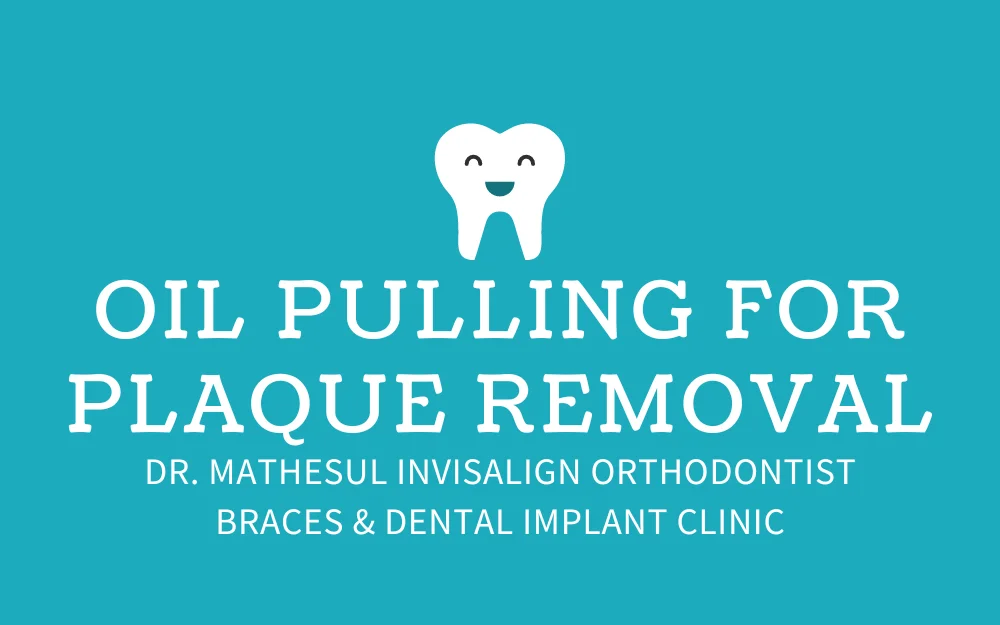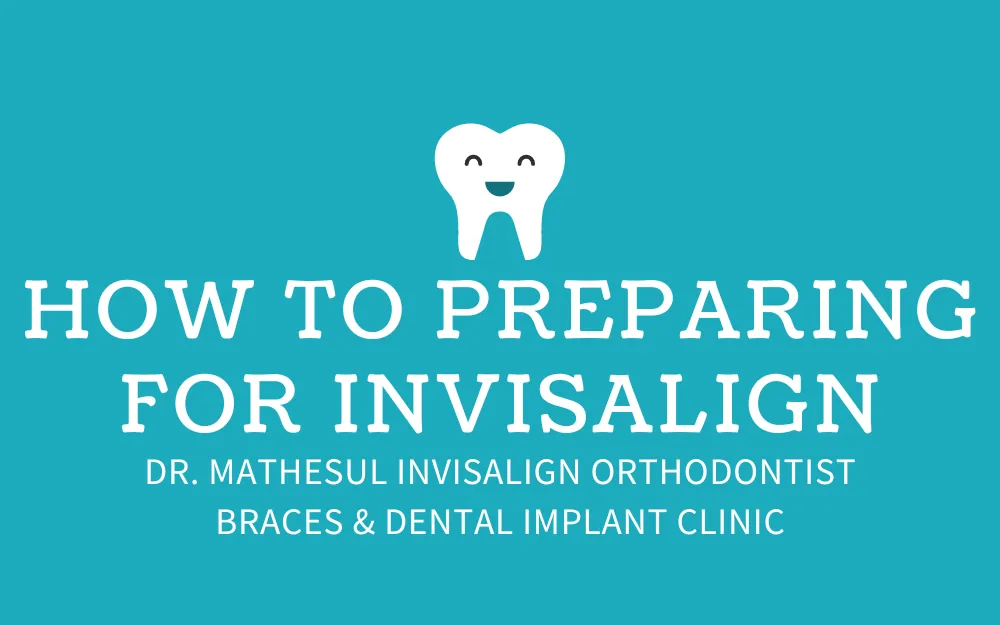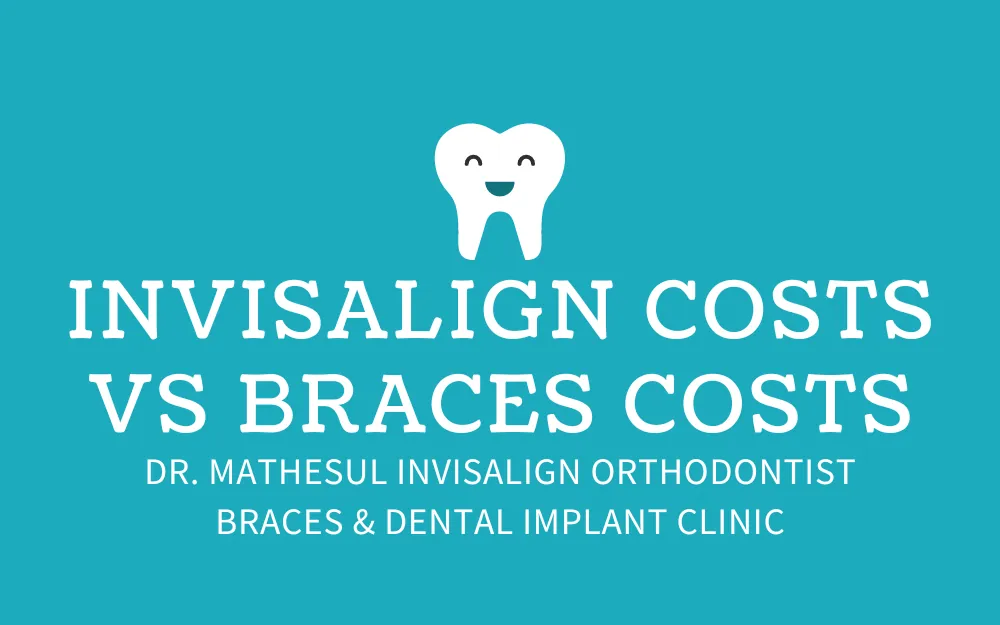The benefits of Invisalign over traditional braces are clear (literally!). If you’ve ever dreamed of a straighter smile without the hassle of metal brackets and wires, you’re in the right place. Invisalign offers a modern, discreet alternative that fits seamlessly into your lifestyle. From the convenience of being removable to the comfort of smooth aligners, Invisalign is designed with your needs in mind.
In this guide, we’ll explore seven game-changing reasons why Invisalign outshines traditional braces. Whether it’s faster treatment times, fewer office visits, or the freedom to eat what you love, Invisalign has got you covered. Ready to transform your smile? Let’s dive in and see why Invisalign is the more intelligent choice for achieving the perfect smile you’ve always wanted.
Table of Contents
ToggleWhat Is Invisalign?
Invisalign is a brand of clear aligners that straighten teeth without the need for metal brackets or wires. These aligners are custom-made for each patient and designed to gradually move teeth into their desired position. They are made from a flexible, BPA-free plastic called SmartTrack, which is both comfortable and practical. Each set of aligners is worn for about two weeks before being replaced with the next set in the series, progressively shifting the teeth into the desired alignment.
The process begins with a consultation with an Invisalign provider, who will assess your dental needs and create a personalized treatment plan. This involves taking digital scans or impressions of your teeth, which are used to design your custom aligners. Throughout the treatment, you’ll have periodic check-ups to monitor your progress and receive new sets of aligners as needed.
Traditional Braces
Traditional braces have been used for decades to correct misaligned teeth and bite issues. They consist of metal brackets attached to the teeth and connected by wires and rubber bands. The orthodontist tightens the wires periodically to move the teeth into the desired position gradually.
While effective, traditional braces come with several drawbacks. The metal brackets and wires can cause discomfort and irritation inside the mouth. They also require careful cleaning to prevent plaque buildup and tooth decay, as food particles can easily get trapped around the brackets. Additionally, traditional braces come with dietary restrictions, as certain foods can damage the brackets and wires.
Invisible Aligners
Invisible aligners, such as those offered by Invisalign, provide an effective and discreet alternative to traditional braces. These clear, removable trays fit snugly over the teeth and can be removed for eating, drinking, and oral hygiene practices. Unlike traditional braces, aligners are virtually invisible, making them a popular choice for those who want a more subtle way to straighten their teeth.
The aligners are designed using advanced 3D imaging technology, ensuring a precise and comfortable fit. Patients typically wear each set of aligners for about 20-22 hours a day, only removing them for meals and brushing their teeth. This flexibility allows for better oral hygiene and fewer dietary restrictions compared to traditional braces.
What Are the Benefits of Invisalign?

More Comfortable
One of the most significant benefits of Invisalign is the comfort it offers compared to traditional braces. The smooth plastic material of the aligners prevents the irritation and sores that metal braces can cause inside the mouth. The absence of metal brackets and wires eliminates the need for adjustments, which can be uncomfortable and sometimes painful with traditional braces. Instead, Invisalign users experience a more gradual and gentle pressure that makes the overall process much more pleasant. Additionally, since the aligners are custom-made for each patient, they fit snugly and comfortably over the teeth.
Allow for Better Dental Hygiene
Maintaining oral hygiene is much easier with Invisalign. The aligners are removable trays, allowing you to brush and floss your teeth as you usually would. This is a significant advantage over traditional braces, which can make it difficult to clean around the brackets and wires. Food particles and plaque can quickly become trapped in conventional braces, increasing the risk of cavities and gum disease. With Invisalign, you simply remove the aligners, brush and floss your teeth, and then reinsert them. This ability to maintain excellent oral hygiene can lead to healthier teeth and gums throughout the treatment process.
Shorter Treatment Period
Another key benefit of Invisalign is the typically shorter treatment period compared to traditional braces. On average, Invisalign treatment can be completed in 12 to 18 months, depending on the complexity of the case. Traditional braces, on the other hand, often require 18 to 24 months or more to achieve the desired results. The advanced technology used in the design and planning of Invisalign ensures that teeth are moved efficiently and precisely. Patients follow a series of aligners that gradually shift the teeth into place, and each set is precisely engineered to move the teeth in the most efficient manner possible. This results in a faster and more predictable outcome for most patients.
Prevent Other Dental Issues
One often overlooked benefit of Invisalign is its ability to help prevent other dental issues. Misaligned teeth can contribute to a variety of problems, including uneven wear on the teeth, jaw pain, and difficulty chewing. By correcting these alignment issues, Invisalign can help reduce the risk of such complications. Moreover, straighter teeth are easier to clean, which means less plaque buildup and a lower chance of developing cavities and gum disease. The precise movement of teeth with Invisalign ensures that each tooth is aligned correctly, promoting overall oral health and preventing long-term dental problems.
Non-Invasive Scanning

The process of getting Invisalign begins with a non-invasive digital scan of your teeth. Unlike traditional methods that require messy and uncomfortable molds, Invisalign uses advanced 3D imaging technology to create a detailed map of your mouth. This digital scan is quick, comfortable, and highly accurate, allowing for the creation of custom aligners that fit perfectly. The non-invasive nature of this scanning process is particularly beneficial for patients who may have a strong gag reflex or are apprehensive about traditional dental impressions. This modern approach not only enhances patient comfort but also ensures a more precise and effective treatment plan.
Boosts Self-Confidence
The aesthetic advantages of Invisalign cannot be overstated. One of the primary reasons people choose Invisalign is because the aligners are virtually invisible. Unlike traditional braces, which are highly noticeable and can sometimes cause self-consciousness, Invisalign allows individuals to straighten their teeth discreetly. This can be particularly important for adults and teens who are concerned about their appearance during orthodontic treatment. The ability to undergo orthodontic treatment without drawing attention to it can significantly boost self-confidence. As the teeth gradually move into their proper position, patients often notice a marked improvement in their smile, which further enhances their self-esteem.
Eat Any Food and Drink
One of the most frustrating aspects of traditional braces is the dietary restrictions. Patients with braces need to avoid hard, sticky, or chewy foods that can damage the brackets and wires. This means saying goodbye to favorite snacks like popcorn, nuts, and certain candies. Invisalign eliminates these restrictions because the aligners are removable. You can take them out during meals and enjoy all your favorite foods without worrying about damaging your orthodontic appliances. After eating, simply brush your teeth and reinsert the aligners. This flexibility not only enhances the overall treatment experience but also helps maintain a balanced and enjoyable diet.
FAQs About Benefits of Invisalign Over Traditional Braces
What are the disadvantages of Invisalign?
While Invisalign offers many advantages, there are a few potential disadvantages to consider. Invisalign aligners require a high level of discipline and responsibility, as they must be worn for 20-22 hours a day for effective results. Failing to wear the aligners for the required amount of time can prolong the treatment period. Additionally, Invisalign may only be suitable for some complex orthodontic cases that require significant tooth movement or jaw adjustments. In such instances, traditional braces might be a more effective solution. Lastly, because Invisalign aligners are removable, they can be lost or damaged, which can incur additional costs for replacements.
Is Invisalign really worth it?
Many patients find that Invisalign is worth the investment due to its numerous benefits. The discreet appearance, comfort, and convenience of Invisalign make it a preferred choice for both adults and teenagers. The ability to maintain better oral hygiene and the shorter treatment period are significant advantages that contribute to its value. Additionally, the boost in self-confidence from having a straighter smile without the noticeable presence of metal braces can be priceless. Ultimately, the worth of Invisalign depends on individual needs and preferences, but for many, the benefits outweigh the costs.
Does Invisalign make you healthier?
While Invisalign itself does not directly make you healthier, it contributes to better oral health, which is a critical component of overall health. Straighter teeth are easier to clean, reducing the risk of cavities and gum disease. Proper alignment of teeth can also prevent issues such as uneven wear, jaw pain, and difficulty chewing. By addressing these dental problems, Invisalign helps promote a healthier mouth, which can have positive effects on overall health. Good oral hygiene is linked to lower risks of systemic conditions such as heart disease and diabetes, making Invisalign an essential tool in maintaining health.
What are the unexpected benefits of Invisalign?
In addition to the well-known benefits of Invisalign, there are several unexpected advantages. For instance, many users report improved speech clarity after completing their Invisalign treatment. The aligners can also act as a protective barrier for teeth, helping to prevent wear from teeth grinding or clenching, which is especially beneficial for those with bruxism. Moreover, Invisalign aligners can be removed for special occasions, allowing patients to temporarily forego their treatment without compromising long-term results. This flexibility is a unique benefit that traditional braces cannot offer.
What Are The Pros and Cons of Invisalign Braces
Pros:
- Discreet appearance: Virtually invisible aligners.
- Comfort: Smooth plastic aligners reduce irritation.
- Removability: Easier to maintain oral hygiene and no dietary restrictions.
- Shorter treatment time: Often faster than traditional braces.
- Customized fit: Aligners are tailored to each patient’s teeth.
Cons:
- Discipline required: Must be worn 20-22 hours a day.
- Not suitable for complex cases: Severe misalignments may need traditional braces.
- Cost: Typically more expensive than conventional braces.
- Potential for loss or damage: Removable aligners can be misplaced or broken.
How long does it take to see results with Invisalign?
Patients typically start to see noticeable improvements within a few months of beginning Invisalign treatment. The overall treatment duration varies depending on the complexity of the case. However, most patients complete their treatment within 12 to 18 months. Regular check-ups with your orthodontist will help monitor progress and make any necessary adjustments to ensure optimal results. The first signs of movement are often visible around the six-week mark, but individual experiences may vary.
What is the process for getting Invisalign?
The process for getting Invisalign involves several steps:
- Consultation: Schedule an initial consultation with an Invisalign provider to determine if you are a good candidate for the treatment.
- Digital Scans: The provider will take digital scans or impressions of your teeth to create a precise 3D model.
- Custom Treatment Plan: Using the 3D model, a custom treatment plan will be developed, outlining the movement of your teeth and the expected duration of the treatment.
- Receive Aligners: Once your aligners are ready, you will receive your first set and instructions on how to wear and care for them.
- Regular Check-Ups: Schedule regular appointments with your provider to monitor progress and receive new sets of aligners.
- Completion: Once your treatment is complete, you may need to wear retainers to maintain your new smile.





